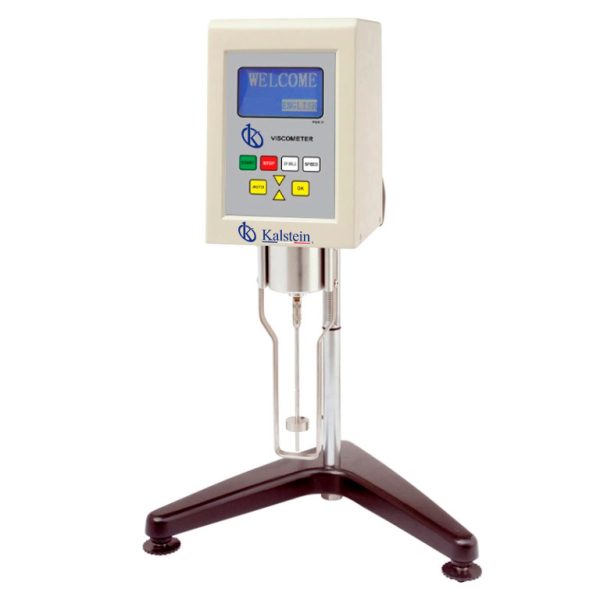Viscosity, a fundamental property of liquid and semi-solid substances, determines how a liquid flows. Historically, viscosity measurement has played a vital role in a number of industries, including manufacturing, pharmaceutical, food and petrochemical.
With the rise of contemporary technology, viscometers, the tools used to measure viscosity, have evolved significantly, bringing with them a range of industry-wide benefits.
Recent Advances in Technology
Traditional viscometers use the ball drop method, where the time it takes for a ball of a specific material and size to fall through a liquid is measured to calculate its viscosity. However, this method is not effective for liquids with very high or very low viscosity, and requires a high degree of manual monitoring.
The new generation of these devices uses sophisticated technology to improve the accuracy and efficiency of these measurements. Examples of these advances include the implementation of ultrasonic sensors, the use of electromagnetic forces and the use of micro-vibration technology.
Ultrasonic sensors allow the viscosity of a liquid to be measured without direct contact with it, which improves accuracy and reduces the possibility of contamination. On the other hand, using electromagnetic forces or micro-vibration technology can measure viscosity directly, without the need for additional calculations. This not only improves measurement accuracy, but also increases process efficiency, saving time and resources of industrial laboratories.
The Future of Viscosimetry: Improvements in Accuracy and Efficiency
Advances in viscometer technology are transforming the way viscosity measurements are performed in industrial laboratories. The latest generation viscometers offer unprecedented accuracy, thanks to the use of advanced technology that allows direct, non-contact measurements.
In addition, these devices offer greater efficiency in the laboratory. Traditional viscometers require constant monitoring and manual adjustments, which requires time and effort on the part of laboratory personnel. Modern viscometers automate much of this process, allowing lab technicians to devote their time and energy to other tasks.
What we offer you at Kalstein
In short, advances in technology are revolutionizing the way viscosity is measured in industry. The improvement in accuracy and efficiency that these devices offer promises to completely change the standards of viscosity measurement, increasing productivity and efficiency for laboratories and industries that rely on these measurements. What is clear is that the future of viscometry lies in the adoption of this new generation of devices.
Kalstein as a manufacturing company we make sure to cover all your needs and meet the demands of your laboratory, we have the best price, sales consultants in any window of the world, meet our YR series of viscometers for laboratory HERE.

